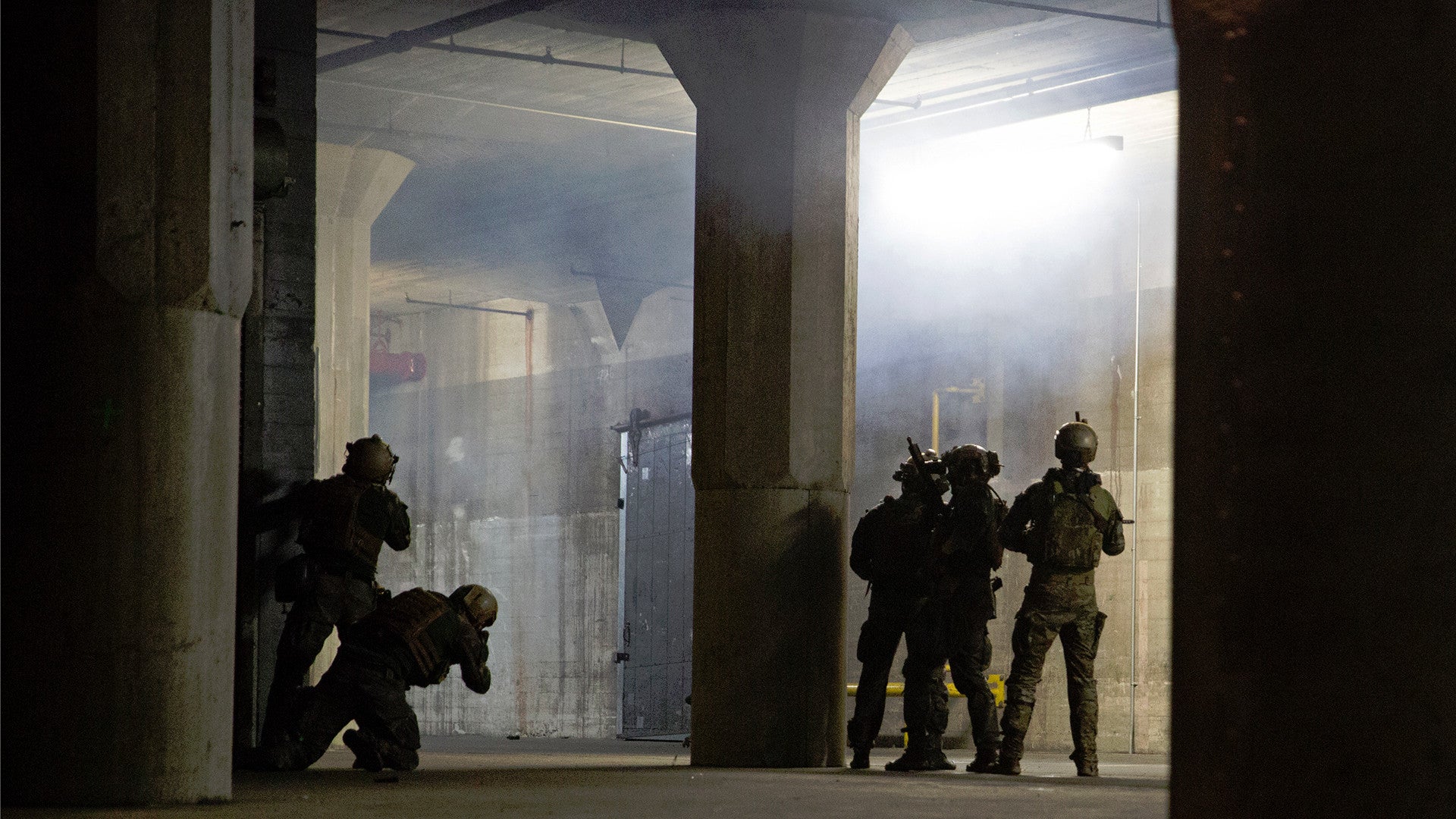The U.S. military’s secretive Joint Special Operations Command wants a dedicated training site where it can practice raiding “complex, hardened facility targets.” This terminology typically refers to heavily fortified and general underground sites, such as subterranean bunkers and tunnel complexes. Many potential American adversaries, including North Korea, Iran, China, and Russia, among others, use these types of facilities to protect command and control nodes and stockpiles of weapons of massive destruction or other advanced and critical military assets.
U.S. Special Operations Command (SOCOM) included a request for $14.4 million to build this “training target structure” for Joint Special Operations Command (JSOC) in its recently released proposed budget for the 2021 Fiscal Year. SOCOM did not say exactly where it wants to build this training site, which it says would cover an area of approximately 19,200 square feet, describing the location as “CONUS [Contiguous United States] unspecified.”
The requested money would go toward building “a Training Target Structure for specialized sustainment training to defeat complex, hardened facility targets. No current facility exists to provide this necessary training,” the budget request explains. “[The] structure will provide infrastructure and walls to support repetitive and iterative training on the full spectrum of functional defeat options. Structure will include cast in place blast test reaction frames walls, roofs and interior walls that allow necessary breaching and use. Entry points will be reconfigurable with anchors for continuous replacement due to damage from breaching.”
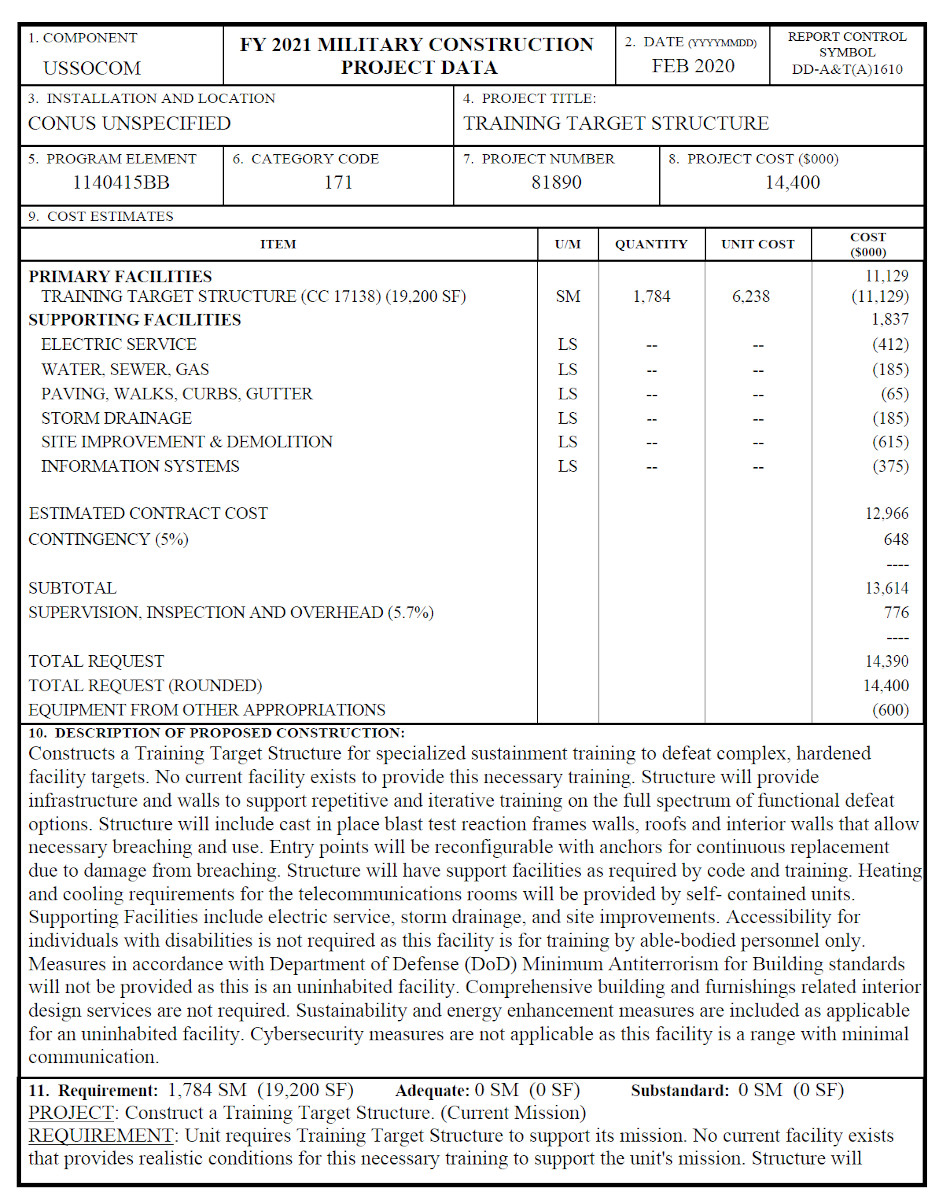
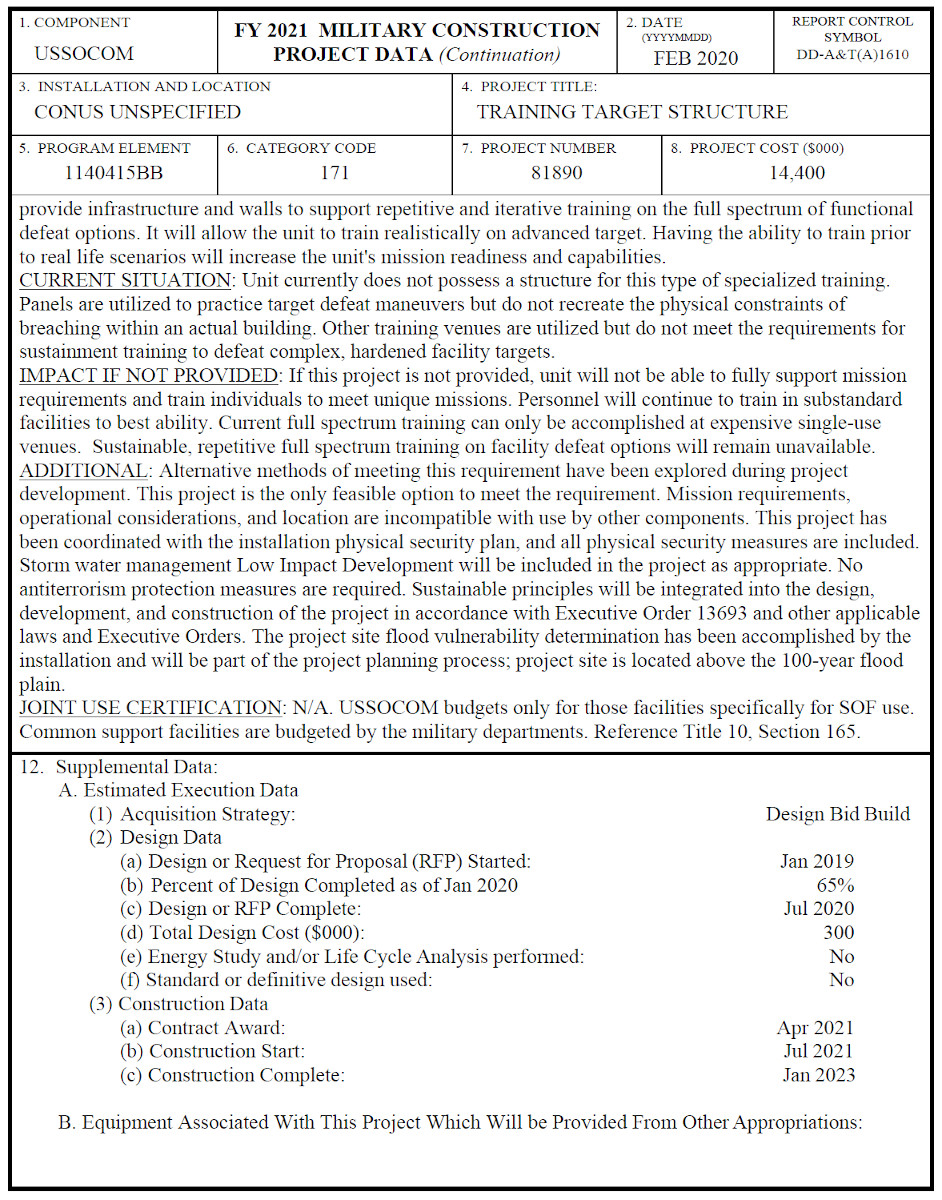
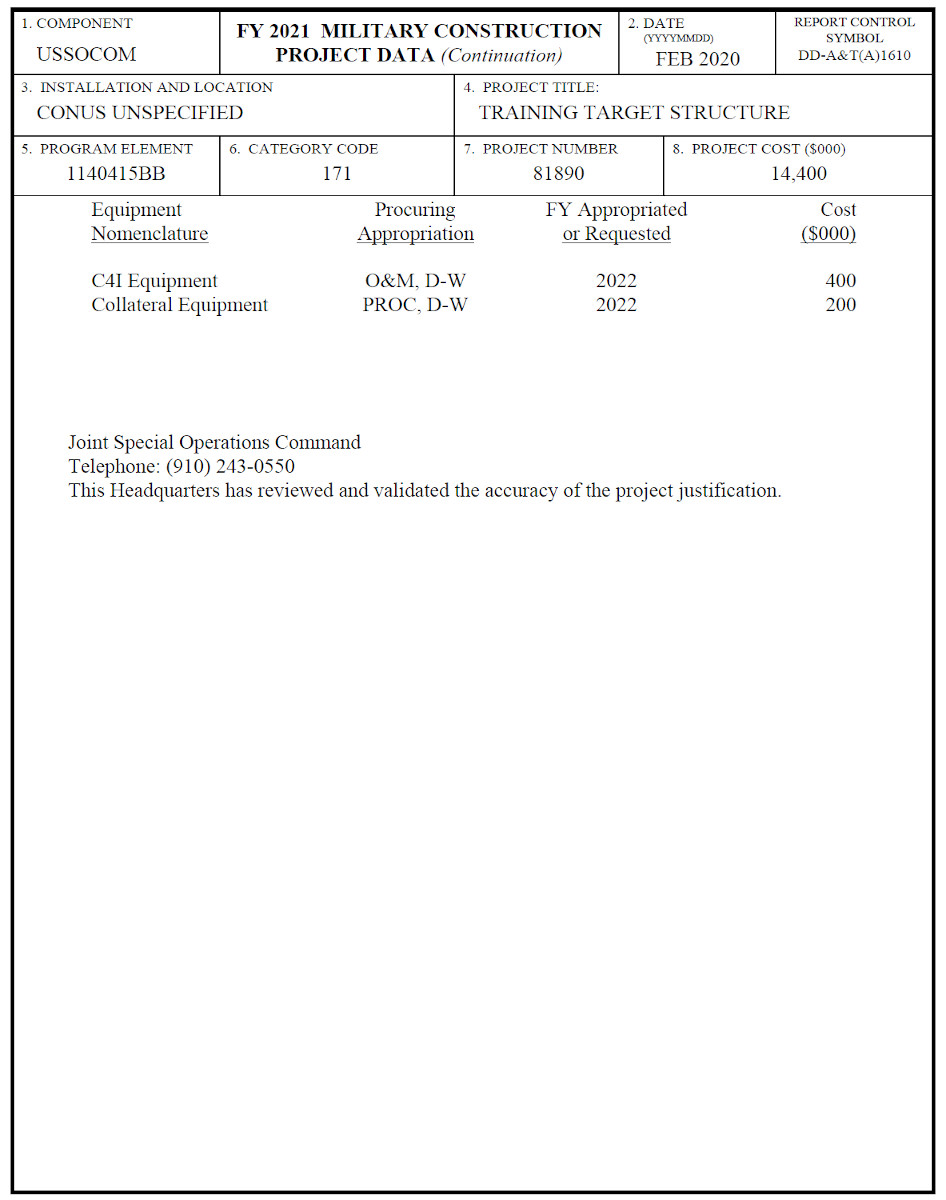
“[The] unit currently does not possess a structure for this type of specialized training,” the entry continues. “Panels are utilized to practice target defeat maneuvers but do not recreate the physical constraints of breaching within an actual building. Other training venues are utilized but do not meet the requirements for sustainment training to defeat complex, hardened facility targets.”
The specific unit in question is not specified, but the budget request entry says that JSOC would oversee the project. JSOC oversees the top tier of U.S. special operations units, including the U.S. Army’s Delta Force and the U.S. Navy’s Naval Special Warfare Development Group, better known as SEAL Team Six.
“If this project is not provided, [the] unit will not be able to fully support mission requirements and train individuals to meet unique missions. Personnel will continue to train in substandard facilities to best ability,” the budget proposal warns. “Current full spectrum training can only be accomplished at expensive single-use venues. Sustainable, repetitive full spectrum training on facility defeat options will remain unavailable.”

“Alternative methods of meeting this requirement have been explored during project development,” the request adds. “This project is the only feasible option to meet the requirement.”
The U.S. military does have underground training spaces at various bases and ranges across the country, including, but not limited to tunnels at the now-decommissioned White Sands Missile Range’s Launch Complex 38 in New Mexico, the Tunnel Warfare Center at China Lake in California, various components of the Muscatatuck Urban Training Center in Indiana, and a mock subway station at the Asymmetric Warfare Training Center at Fort A.P. Hill in Virginia. There also various facilities that focus on simulating military operations in urban terrain (MOUT), that have large groups of structures for troops to train in.

There’s no specific explanation given for why JSOC has a need to train to storm these kinds of facilities at all in the budget request. There is also no definition provided for what a “complex, hardened facility” might be, but definitions can be readily found in other U.S. military documents. “A hardened structure allows the occupants, systems, and supporting infrastructure to continue to operate during and after attacks, according to Air Force Manual 10-2503, “Operations in a Chemical, Biological, Radiological, and Nuclear Environment,” dated May 2019. They “typically are constructed below ground level and under rock or concrete cover.”
Some of the most obvious targets that would fit this description are various bunkers and tunnel complexes in North Korea and Iran. These would house the leadership of those countries in a crisis and already shield nuclear sites and ballistic missile arsenals in both countries from typical conventional air or missile strikes.

With regards to North Korea, in particular, there are persistent reports that the U.S. and South Korean governments have standing “decapitation” plans that they could put into motion to rapidly neutralize key figures in the regime, including Kim Jong Un, and secure key assets, such as nuclear weapons, in the opening stages of a conflict. Special operations forces, such as those from JSOC, would undoubtedly be a key component in any such operation.
In December 2019, Special Operations Command Korea (SOCKOR) notably released a number of photos from a training exercise the month before where American special operators had ostensibly conducted a mock hostage rescue mission with their South Korean counterparts. At the time, South Korean media raised the possibility that this could be training for a decapitation raid against the North, as well, though there was no clear evidence to support that assertion. This may have been based on seeing special operators escorting individuals who had their hands bound with flex cuffs. However, this is a normal procedure to protect against the possibility that hostile individuals may have concealed themselves among groups of hostages or that some hostages may have Stockholm Syndrome and might pose a threat to their ostensible rescuers.
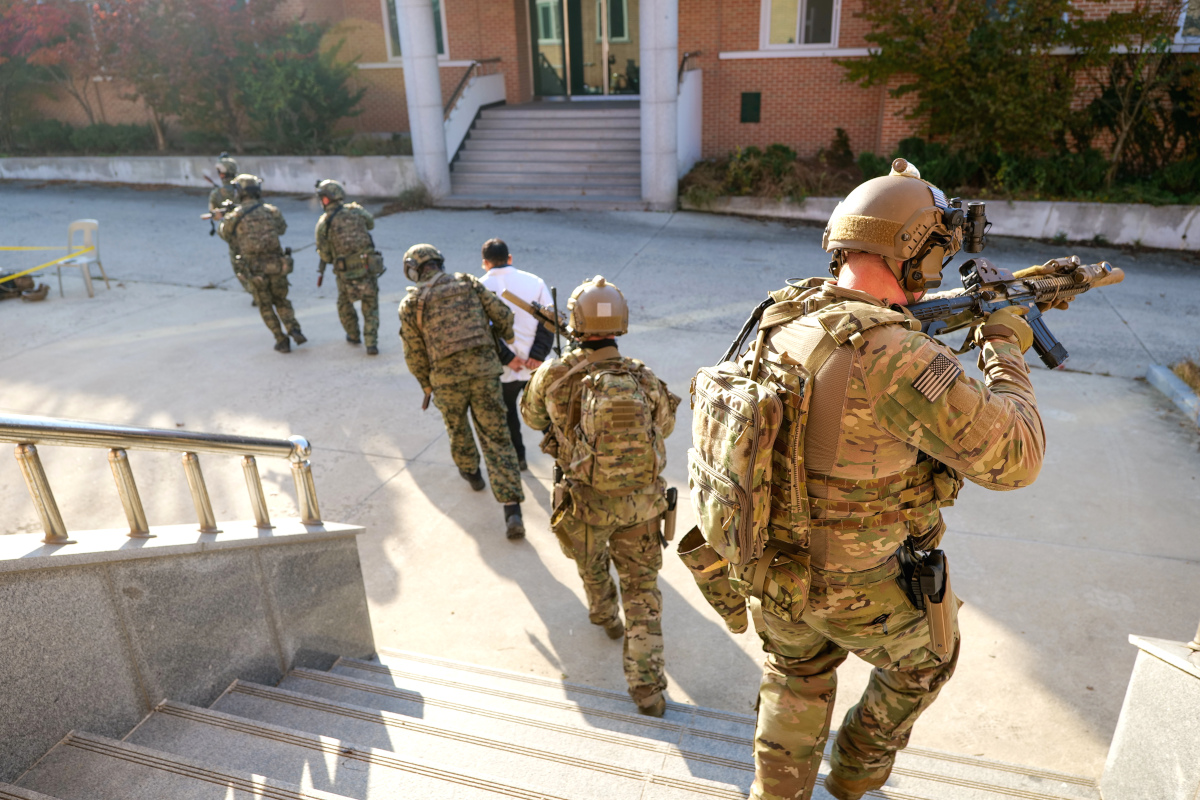
It’s also worth remembering that, in December 2016, Special Operations Command (SOCOM) became the lead U.S. military entity for counter-WMD activities, taking over the role from U.S. Strategic Command. This was followed by additional changes, such as the establishment of the SOCOM’s Counter-Weapons of Mass Destruction-Fusion Center (CWMD-FC), an office somewhere in the Washington, D.C area that provides “a persistent focus on the weapons of mass destruction problem set.” The War Zone
was first to report on the existence of the CWMD-FC in 2017.
This problem set extends beyond North Korea and Iran, as well. There have been long-standing concerns about the security of nuclear warheads in other countries, especially in Pakistan, and talk about potential planning to secure those weapons, if necessary.
The desire to be prepared to raid hardened, likely underground facilities goes beyond the WMD threat or neutralizing key individuals or command centers, as well. The U.S. military, as a whole, including both conventional and special operation forces, increasingly sees the need to be ready to operate in various kinds of subterranean conditions, including built-up facilities and natural formations, such as cave complexes. This is also tied into the understanding that future conflicts will increasingly occur in dense urban environments where underground sites, from parking structures to subways, might become battlegrounds.


There are a number of active programs right now aimed at developing tactics and technologies to support these possible future missions. This is especially important with regards to communications and other data-sharing systems, which typically have trouble working reliable underground over extended distances, something that could seriously impact the situational awareness of any American forces operating in those environments.

All told, it certainly makes sense that JSOC would want a dedicated training site where it could conduct general training to prepare to attack hardened facilities. It would also serve as a space to develop and further refine concepts of operations in these environments.
If Congress approves the plan, SOCOM says it hopes to have the construction of this unique and increasingly valuable training facility finished by 2023.
Contact the author: joe@thedrive.com
